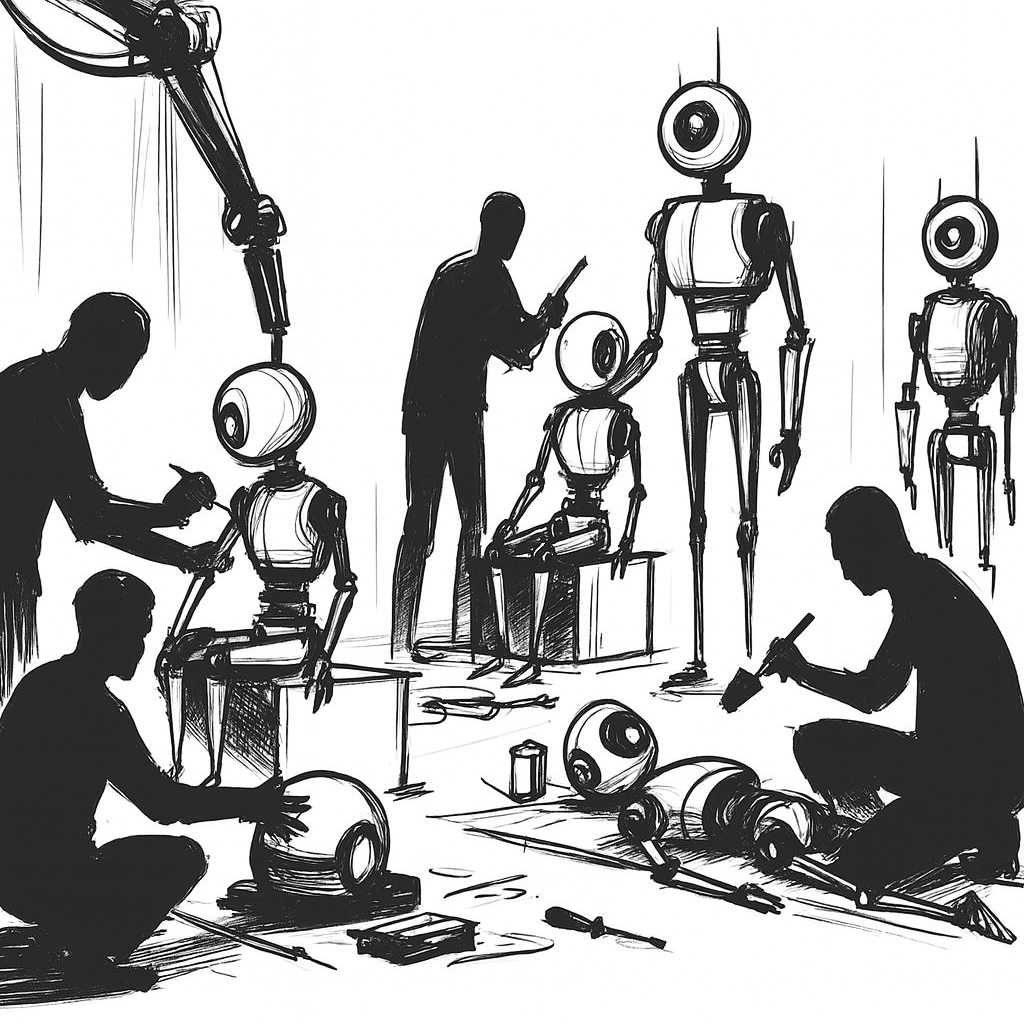
"They looked at 90 AI coding assistants and identified 10 design dimensions. The paper describes how we went from autocomplete to chat to agents, and why industry is converging on speed and polish while academia explores novel interaction designs. Then it maps the design dimensions to 6 personas of users with the key trade-offs for each."
"Autocomplete (2021-2022): Inline gray text that you press tab to accept. Minimum friction, maximum flow. Great when the function you want exists on Stack Overflow or GitHub. Chat (2023-2024): Prompts with multi-turn clarifications and code blocks. Features "explain this", "write tests", "refactor", etc. Broadened the audience beyond IDE power users. Agents (2024-2025): Tools that read/write your repo, run commands, browse docs, and chain steps. UIs now look like CI logs with diff reviewers. Magic when it works."
Three UI eras emerged for AI coding assistants: Autocomplete (2021–2022) with inline suggestions minimizing friction; Chat (2023–2024) offering multi-turn prompts, clarifications, and higher-level features like explain, write tests, and refactor; and Agents (2024–2025) capable of reading and writing repositories, running commands, browsing documentation, and chaining steps. Examination of 90 tools (58 industry, 32 academic) from 2021–2025 identified four broad design categories—user interface, system inputs, capabilities, and outputs—and ten specific design dimensions such as development environment, input format, semantic context, personalization, initiative, autonomy, and system actions. Industry trends prioritize speed and polish while academia explores novel interaction designs and trade-offs across six user personas.
Read at Austinhenley
Unable to calculate read time
Collection
[
|
...
]